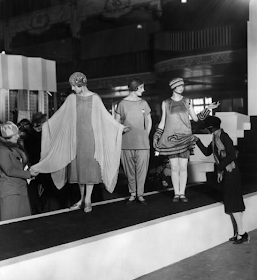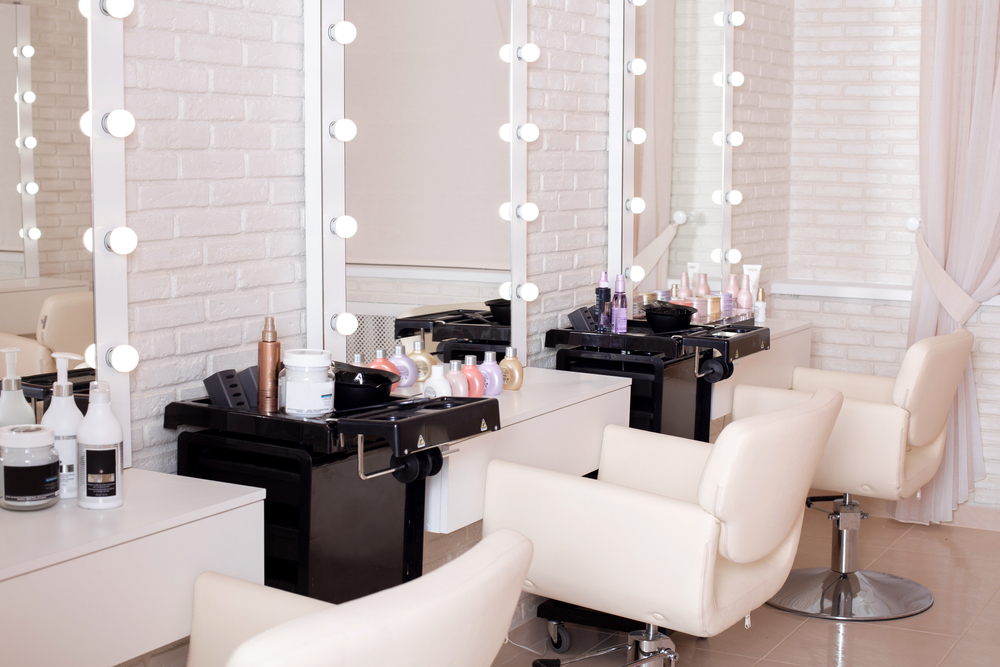The Interesting History of Fashion Shows
Fashion shows evolved drastically in a short amount of time. They started from in-house presentations to grand fashion shows taking place twice a year. The fashion show industry is now covered by all types of consumers and the mass media. Responsible for this evolution are events such as increasing popularity of Parisian fashion, World war 2, growth of modeling industry and etc. Where as, fashion shows of today are are very different, they still hold the essence of their origins.
During the 19th in Paris dressmakers commonly used their assistants to wear and display their designs. To expand their clientele, many dressmakers made mannequins wear their clothes in the important parts of the city. For example, Charles Frederick Worth dressed his wife in the lastest fashions and have her walk around the city. This expanded to couturiers dressing famous actress in their designs as well. The prime examples of promoting through this method are couture houses of Doucet and Paquin, and they gained many famous clients in this way. The theater became an important place for dresmamkers to show their designs, especially in France and England.
Advent of the 20th century gave way to fashion shows being more social. Now organised shows were taking place at couture houses at fixed timings. Designers like Paul Poiret, Lucile, and Paquin, were the prominent names in promoting designs through fashion shows. Lucile, in 1910, was one of the first who used an exotic theme of Arabian Nights to promote her lastest collection. She was also the first to train her mannequins to walk with a certain gait.
Starting from Paris, the fashion shows often traveled to London and America as well. There designers showed their clothes in venues such as theatres, department stores etc. Paul Poiret was an avid follower of this pattern. Couturiers also organised the dansant. This was a way in which clothes were shown by dancers dancing styles like the tango or fox trot. In America fashion newsreels attracted a wider audience to fashion shows. Many film companies started to show fashion reels weekly. They also started to document biannual fashion shows.
During World War I, many fashion shows were organized to support the war effort. Due to foreign buyers coming to Paris, by 1918 the couture industry had fixed dates for two major shows per year.
Also, in 1923 in New York, John Robert Powers established the first modeling agency which made modeling a more sought after career.
In the post war era, fashion shows became even more formal. The shows usually took place in couture houses. The esteemed quests were usually journalists and buyers. Fashion shows mostly lasted 75 minutes and approximately 60 pieces were displayed by 8 to 10 models.
Read also: Everything you need to know about diamond painting
During the late 1950s, the ready to wear market rose suddenly. This has a major impact on the scope of fashion shows. Now, along with haute couture, ready to wear was regularly included in the fashion calendar. Pierre Cardin was the first to introduce ready to wear designs. New designers also took advantage of this phenomenon by adding a buzzing energy to fashion shows. English designer Mary Quant’s models danced on the ramp to jazz music.
During the 70s and 80s fashion shows has more public joining the audience. An audience of six thousand people attended, and half of the show’s tickets were available for purchase by the public in a Thierry Mauler fashion show. By mid 1980s fashion shows were also broadcasted on the television by cable companies.
After that fashion shows continue to run with many new innovations and themes to this day.



